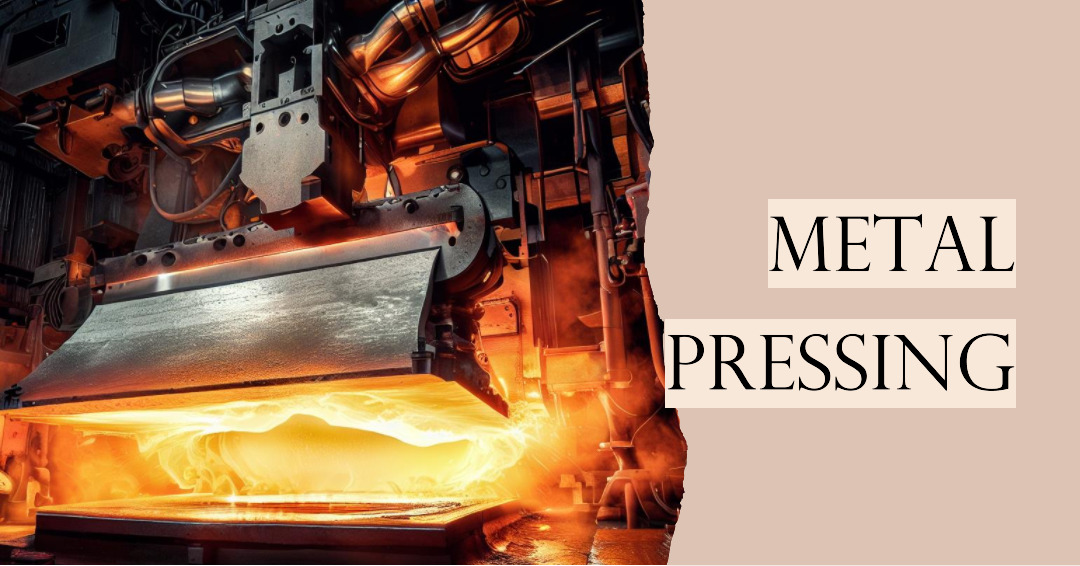Metal pressing, also known as metal stamping, is a manufacturing process used to convert flat metal sheets into specific shapes. It is a complex process that includes a variety of metal forming techniques such as punching, blanking, embossing, bending, flanging, and coining. This process is used in various industries, including automotive, aerospace, electronics, and appliances.
The Metal Pressing Process
The metal pressing process begins with flat sheet metals, commonly known as blanks. These blanks are fed into a pressing machine, which uses a tool and die surface to form the metal into a particular shape. The process can be done in a single stage operation where every stroke of the press produces the desired form on the sheet metal part, or it can occur through a series of stages.
Types of Metal Pressing Techniques
- Punching: This is a process where a punching tool is used to create a hole in the metal sheet. The punching tool is typically a hardened tool steel, which is shaped as per the form of the desired hole.
- Blanking: Blanking is a process in which a metal workpiece is removed from the primary metal sheet. The material taken from the sheet is the desired part, and the rest of the unused metal is discarded.
- Embossing: Embossing is a metal pressing process that raises or sinks the surface of the metal sheet to create a design or pattern on the metal.
- Bending: This is a process where force is applied to the metal sheet to bend it at an angle and form the desired shape. It is usually done on a machine known as a press brake.
- Flanging: Flanging is a process of introducing a flare or flange onto a metal workpiece through the use of dies, presses, or specialized flanging machinery.
- Coining: This is a precision stamping process that is used to create intricate relief patterns on the surface of the metal.
Materials Used in Metal Pressing
The choice of material for metal pressing depends on the end use of the product. Some of the commonly used materials include steel, stainless steel, aluminum, brass, copper, and bronze. The material is chosen based on its properties such as strength, malleability, cost, and resistance to corrosion.
Applications of Metal Pressing
Metal pressing is used in a wide range of industries due to its ability to produce high-quality parts in large volumes. Some of the key industries that use this process include:
- Automotive Industry: In the automotive industry, metal pressing is used to create parts such as body panels, engine components, and decorative elements.
- Aerospace Industry: The aerospace industry uses metal pressing to manufacture components like engine parts, aircraft panels, and other critical components.
- Electronics Industry: In the electronics industry, metal pressing is used to create components like connectors, springs, and various types of clips.
- Appliance Industry: Household appliances like refrigerators, washing machines, and ovens have parts that are made through metal pressing.
Conclusion
Metal pressing is a versatile and efficient manufacturing process that plays a crucial role in many industries. With advancements in technology, this process continues to evolve, offering even more precision and efficiency. Whether it's a car, an airplane, or a household appliance, the chances are that metal pressing has played a part in its production.

